The Hang Glider Market is currently characterized by a dynamic competitive landscape, driven by innovation, technological advancements, and a growing interest in recreational aviation. Key players such as Wills Wing (US), North Wing (US), and Moyes (AU) are strategically positioned to leverage these trends. Wills Wing (US) focuses on enhancing product performance through continuous innovation, while North Wing (US) emphasizes customer engagement and tailored solutions. Moyes (AU) has adopted a strategy of regional expansion, targeting emerging markets where interest in hang gliding is on the rise. Collectively, these strategies contribute to a competitive environment that is both collaborative and competitive, fostering a culture of innovation and responsiveness to market demands.
In terms of business tactics, companies are increasingly localizing manufacturing to reduce costs and improve supply chain efficiency. This approach not only enhances responsiveness to local market needs but also mitigates risks associated with global supply chain disruptions. The market structure appears moderately fragmented, with several players vying for market share, yet the influence of key players remains substantial. Their collective actions shape market dynamics, driving competition and innovation.
In November 2025, Wills Wing (US) announced the launch of a new line of lightweight hang gliders designed for enhanced maneuverability and performance. This strategic move is significant as it aligns with the growing demand for high-performance equipment among enthusiasts and competitive pilots. By focusing on lightweight materials and advanced aerodynamics, Wills Wing (US) positions itself as a leader in innovation, potentially capturing a larger market share.
In October 2025, North Wing (US) entered into a partnership with a local tourism company to promote hang gliding experiences in scenic locations. This collaboration is strategically important as it not only enhances brand visibility but also taps into the burgeoning adventure tourism sector. By aligning with tourism operators, North Wing (US) can attract new customers and foster a community of hang gliding enthusiasts, thereby expanding its market reach.
In September 2025, Moyes (AU) expanded its operations into Southeast Asia, establishing a manufacturing facility to cater to the growing demand in that region. This strategic expansion is crucial as it allows Moyes (AU) to reduce shipping costs and improve delivery times, thereby enhancing customer satisfaction. Furthermore, it positions the company to capitalize on the increasing interest in hang gliding in emerging markets, potentially leading to significant revenue growth.
As of December 2025, current competitive trends in the Hang Glider Market include a strong emphasis on digitalization, sustainability, and the integration of AI technologies. Companies are increasingly forming strategic alliances to enhance their capabilities and market presence. The shift from price-based competition to a focus on innovation, technology, and supply chain reliability is evident. As the market evolves, differentiation will likely hinge on the ability to innovate and respond to consumer preferences, suggesting a promising future for those who can adapt to these emerging trends.


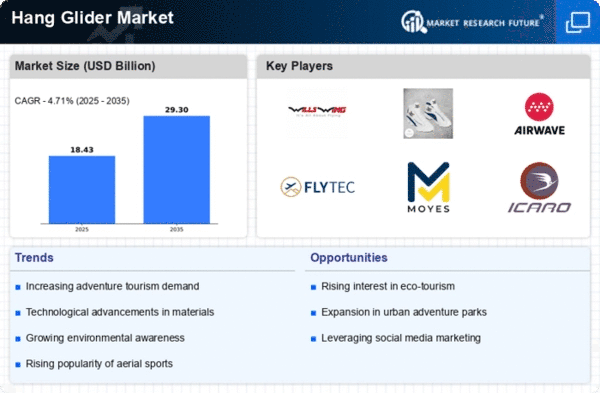
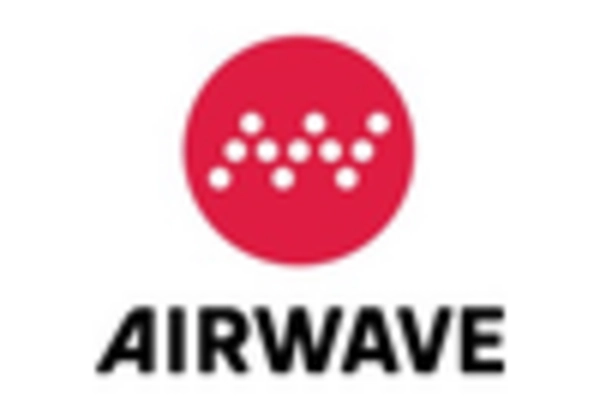
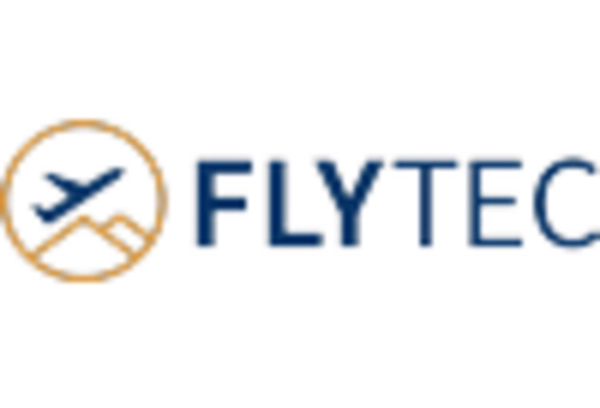
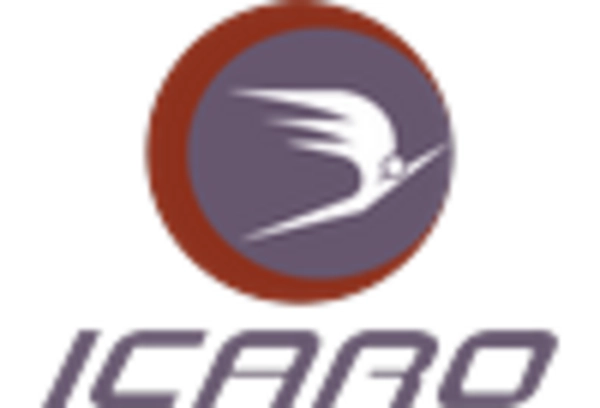


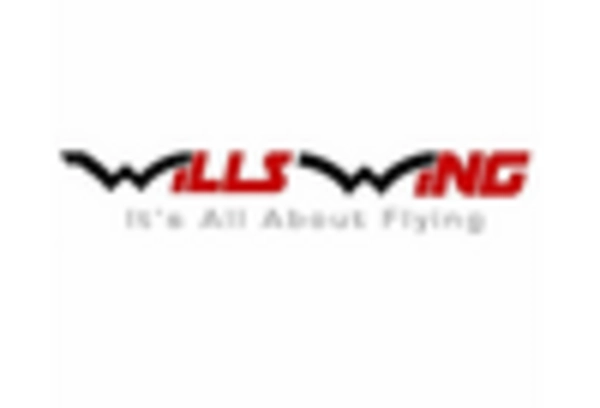








Leave a Comment